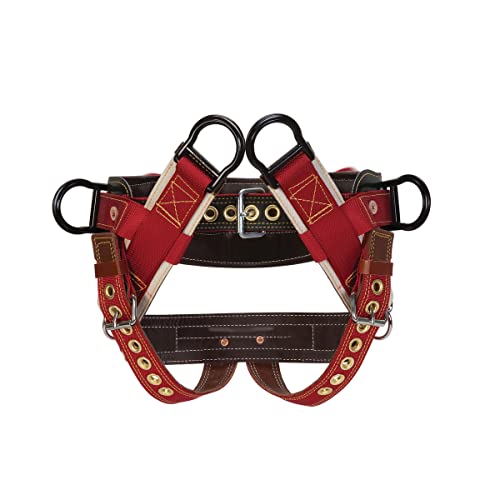kodiakfisher
ArboristSite Member
(Times) 20" Oregon 72LG vs. 28" Oregon 72LP chains
Here is my question the two chains have the exact same number of cutters on the chain. If both chains are sharp is there any difference in the amount of drag on my chainsaw to turn each chain in the wood. Say 18 inch for the 20" bar and 26" for the 28" bar. If there is a significant difference of 20% or more between the two what causes the difference.
I will state that both cutters are equally sharp and that the bars are being equally oiled any significant differences are attributed to what is happening in the wood. Can someone explain the significant difference if any. I understand that the cutting speed will be slower due to fewer cutters as a percentage of wood diameter, the question then becomes is it faster to cut with a slower bar and chain or make two cuts with a shorter bar but faster chain including changeover times. I also realize that the setting of the rakers may need to be set different depending on the saw being used small saw < 60cc and >60cc and hardwood vs. softwood.
Doug
Here is my question the two chains have the exact same number of cutters on the chain. If both chains are sharp is there any difference in the amount of drag on my chainsaw to turn each chain in the wood. Say 18 inch for the 20" bar and 26" for the 28" bar. If there is a significant difference of 20% or more between the two what causes the difference.
I will state that both cutters are equally sharp and that the bars are being equally oiled any significant differences are attributed to what is happening in the wood. Can someone explain the significant difference if any. I understand that the cutting speed will be slower due to fewer cutters as a percentage of wood diameter, the question then becomes is it faster to cut with a slower bar and chain or make two cuts with a shorter bar but faster chain including changeover times. I also realize that the setting of the rakers may need to be set different depending on the saw being used small saw < 60cc and >60cc and hardwood vs. softwood.
Doug
Last edited:
























































